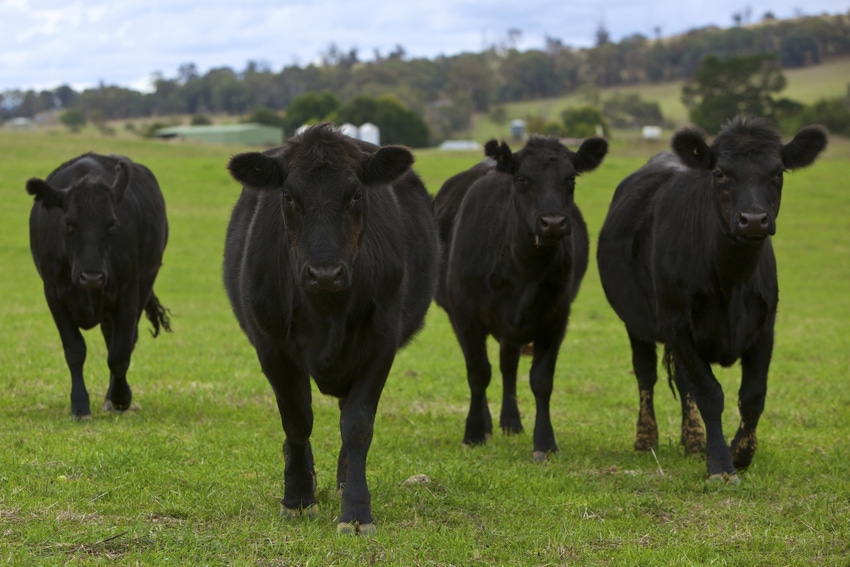Shiga toxin subtype found to play role in establishing E. coli O157 in cattle gastrointestinal tract and facilitating effective cattle-to-cattle transmission.
October 4, 2019

Shiga-toxin subtype 2a (Stx2a) may play a key role in promoting the colonization and transmission of pathogenic Escherichia coli strains in cattle, according to a study published Oct. 3 in the open-access journal PLOS Pathogens by a research team led by Tom McNeilly of the Moredun Research Institute and David Gally of the University of Edinburgh in the U.K.
As these bacteria evolve ways to increase the activity of Shiga toxins, they may become more of a threat to human health, the researchers said.
Specific E. coli strains infected with viruses that produce Shiga toxin can be a threat to human health, leading to severe symptoms that include bloody diarrhea and kidney damage. In many countries, the most serious symptoms in people are associated with E. coli strains that express Stx2a.
For example, E. coli O157 strains that express the Stx2a subtype are associated with life-threatening human infections, but these strains do not produce symptoms in cattle -- a natural reservoir host, McNeilly and Gally said, noting that the role of this toxin in the animal reservoir is still not entirely clear.
In the new study, McNeilly and Gally tested whether Stx2a is important for calf-to-calf transmission by comparing E. coli O157 strains with and without Stx2a, the announcement said. They found that Stx2a is produced rapidly, restricts the growth of bovine gastrointestinal organoids and plays a role in establishing E. coli O157 colonization in the bovine gastrointestinal tract.
The findings also show that Stx2a facilitates effective cattle-to-cattle transmission and may have led to the expansion of Stx2a producing E. coli O157 strains in cattle populations, according to the announcement.
The authors proposed a model in which Stx2a enhances E. coli O157 colonization by restricting the regeneration and turnover of the tissue lining the gut. According to the authors, research in this area highlights the value of understanding Shiga toxin activity and drivers for its selection and maintenance in the animal reservoir, which may inform strategies that can reduce the threat to human health.
"This study demonstrates for the first time an important role for Shiga toxin subtype-2a (Stx2a) in enhancing transmission of E. coli O157 between cattle, the most important reservoir of infection for these dangerous human pathogensm," McNeilly added. "This explains the successful emergence of Stx2a-positive E. coli strains in cattle populations and has consequences for human infections, as strains encoding Stx2a are more likely to cause severe human disease."
Gally said, "The study is important as it explains why the Stx2a toxin subtype has become common in E. coli O157 strains in cattle: (1) that it can be produced more rapidly compared to some other Stx subtypes and so has taken over; (2) that it provides an advantage in the animal host by halting the usual turnover of gut cells that would remove adherent E. coli, so the bacteria colonize more easily, persist in the gut and can be excreted at high levels to go onto infect other animals and humans."
“We modeled all critical aspects of bacterial shedding, antibody response and transmission data, which made it possible to distinguish genuine signals from biological noise and establish a solid framework for future research. This study illustrates how rigorous experimental design, coupled with advanced data analysis and modellng expertise, is fundamental to successful scientific discovery,” said Dr. Javier Palarea with Biomathematics & Statistics Scotland, another partner on the project.
An announcement from Moredun noted that ongoing work among these partners has developed a vaccine for use in cattle that has recently obtained commercial backing for a field trial.
You May Also Like



